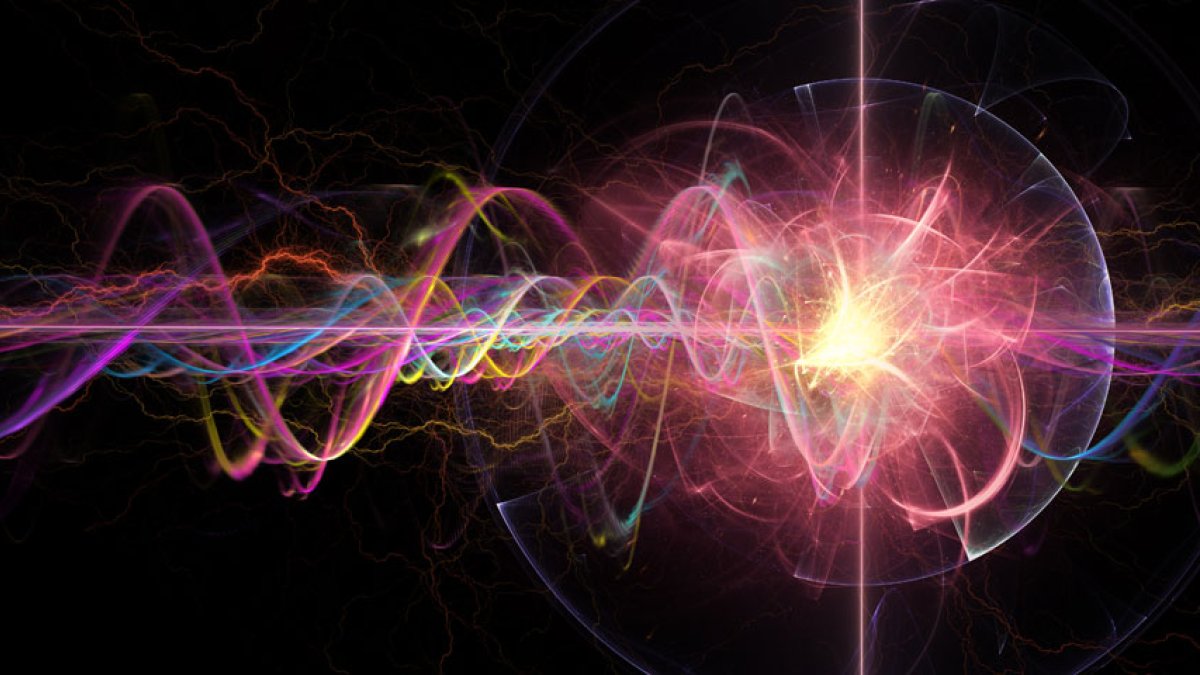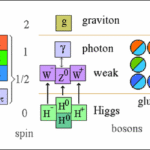What keeps a dead star from collapsing into nothingness?
It’s not heat.
It’s not fusion.
It’s something far stranger — a quantum rule that says, “No two particles can be exactly the same.”
That invisible rule creates an invisible force — degeneracy pressure — the reason why white dwarfs and neutron stars don’t implode under their own gravity.
What Is Degeneracy Pressure?
Degeneracy pressure is a special kind of push that comes from quantum physics. It happens when tiny particles like electrons or neutrons are packed so closely together that they have no more room to move into. Since no two of these particles can share the exact same “space” or state, they push back when squeezed — creating a pressure that stops them from being crushed any further.
This pressure doesn’t come from heat or movement — it’s simply the result of nature’s rule that no two identical particles can be in the same place, doing the same thing. See Pauli’s Exclusion Principle
When Gravity Tries to Win
Every star is in a cosmic battle between gravity and pressure.
Gravity pulls everything inward, trying to crush the star.
Pressure — from nuclear fusion — pushes outward, keeping it stable.
But what happens when the fuel runs out?
Fusion stops. Pressure drops. Gravity tightens its grip.
Normally, that would mean total collapse…
but at the atomic level, quantum physics steps in.
The Pauli Exclusion Principle: The Root of Degeneracy
Deep inside the core, electrons (or neutrons) are squeezed closer and closer together.
But the Pauli Exclusion Principle — one of the most sacred laws of quantum mechanics — forbids two identical particles (like electrons) from sharing the same quantum state.
In simple terms:
No two electrons can be in the same place, doing the same thing, at the same time.
So when gravity tries to squeeze them into identical spots, the electrons resist — not out of energy, but out of principle.
That resistance creates pressure without heat — degeneracy pressure.
It’s like a crowd in a packed elevator: everyone’s pressed together, but no one can occupy the same space. The closer gravity pushes, the stronger the crowd pushes back.
Two Kinds of Degeneracy Pressure
There are two main versions of this quantum force, depending on the type of particle doing the resisting:
1. Electron Degeneracy Pressure
This occurs when electrons resist compression.
It’s what holds up white dwarfs, the burnt-out cores of Sun-like stars.
The electrons are crushed tightly around atomic nuclei, creating an incredible internal pressure — enough to balance the pull of gravity without fusion.
A white dwarf is, therefore, a star held up by the rules of quantum physics, not energy or light.
2. Neutron Degeneracy Pressure
If the star’s core is even heavier, gravity overcomes electron degeneracy.
Electrons merge with protons to form neutrons, and now it’s the neutrons themselves that provide degeneracy pressure.
That’s how neutron stars are born — the densest known objects that aren’t black holes.
Here, a teaspoon of matter would weigh a billion tons — yet it’s still quantum laws holding it up.
The Beauty of Quantum Resistance
What makes degeneracy pressure beautiful is that it doesn’t rely on temperature or fusion — it’s purely a quantum mechanical effect.
Even at absolute zero (the coldest possible temperature), it still exists.
It’s like nature’s ultimate backup plan — a final stand against collapse.
In other words, when energy fails, quantum law takes over.
⚖️ The Chandrasekhar Limit — The Breaking Point
But even degeneracy pressure has its limits.
If a white dwarf’s mass exceeds about 1.4 times the mass of the Sun, gravity becomes too powerful for electrons to resist.
That threshold is called the Chandrasekhar Limit.
Beyond that point, electron degeneracy collapses — and the star transforms into a neutron star (or, if it’s even heavier, a black hole).
It’s the moment when quantum physics can no longer save the star.
Why Degeneracy Pressure Matters
Degeneracy pressure is a quiet hero of the cosmos. Without it:
- White dwarfs would collapse into black holes.
- Neutron stars wouldn’t exist.
- The life cycle of stars would end in chaos.
It’s a reminder that even at the smallest scales, the universe has laws that preserve balance.
The same rule that governs electrons in atoms also governs the fate of entire stars.
In Essence
Degeneracy pressure is the strength of stillness — the universe saying “enough” when gravity tries to crush creation into nothing.
It’s not a force born from heat or motion, but from identity — the idea that no two particles can ever be truly identical.
And from that simple truth, entire stars are saved from destruction.
Summary:
- Degeneracy pressure arises from the Pauli Exclusion Principle.
- It prevents identical particles (like electrons or neutrons) from being in the same state.
- It supports white dwarfs (electron degeneracy) and neutron stars (neutron degeneracy).
- It exists even at absolute zero.
- Beyond certain limits (like the Chandrasekhar Limit), it fails — leading to collapse.



Pingback: Fermions: The Universe’s Law of Individuality Simplified